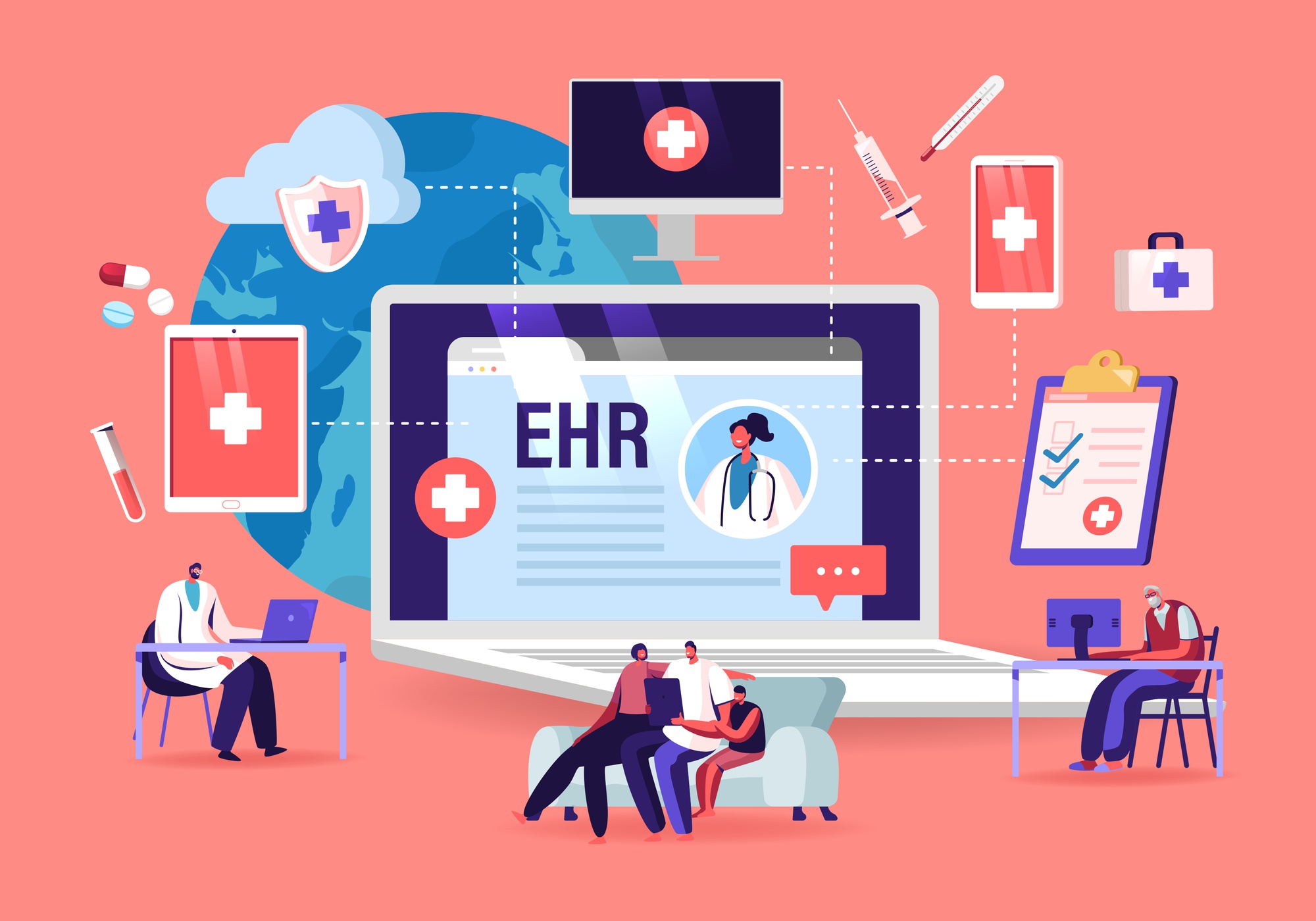Week 4 Reflection
What is data mining??
Data mining is the analysis of large data sets, looking for patterns and trends that can be theorized into insight.
What is data mining in healthcare???
Medical data mining is a set of data science methods and instruments used to generate evidence-based medical information that clinicians and scientists can trust.
Healthcare data mining techniques are used in many health-related areas, including biotech, pharmaceutical research, and medical science. The main health technologies tech components involved in the clinical data mining process include…
- Connected EHR and EMR solutions
- Hospital information management systems
- ML and AI-driven data-mining systems
- Medical data visualization modules
- Advanced role-based admin panels
- External platform and tool integration.
- Article Review
This week we will be reviewing the article Automated data mining of the electronic health record for investigation of healthcare-associated outbreaks. This article was based on a study completed at the University of Pittsburgh Medical Center-Presbyterian Hospital (UPMC) in 2019, to develop and validate data mining tools using retrospective outbreaks, with the ultimate goal of utilizing these tools as a component of a surveillance system called Enhanced Detection System for Healthcare-Associated Transmission (EDS-HAT), being created. The subject of this study were 9 outbreaks that occurred during 2011–2016, which had previously been characterized according to transmission route and molecular characterization of the bacteria. The data mining program was used to identified outbreaks already identified by the infection prevention team to determine the sensitivity of the algorithm for identifying the correct transmission route. Data mining of the electronic health record did correctly identify transmission routes by the eighth patient of 1 outbreak and the second patient in the other 8 outbreaks studied. It was found that automated data mining has several potential advantages over traditional approaches to hospital outbreak investigations, and can accurately identify routes of transmission among patients. The study suggests that if the data mining software was running, an estimated 66 - 78% of infections could have potentially been prevented.
In this article the implications of clinical data mining for illuminating and enhancing clinical concerns was used to identify infectious outbreaks and potentially decrease the number of infectious outbreaks in the future. Data mining has proven to be successful by providing rapid analyses of large volumes of data quickly and efficiently, and offering considerable improvements in healthcare treatment and prevention. Data mining is also useful for advanced practice nursing interventions because massive amount of meaningful evidence-based data, practices, treatment and research is available within minute once a search has been started. Data mining presents significant opportunities for healthcare workers to increased accuracy of diagnosis and treatment plans, avoiding harmful drug interactions, detect insurance fraud and Make use of predictive analysis in medical practice.
Reference;
Sundermann, A. J., Miller, J. K., Marsh, J. W., Saul, M. I., Shutt, K. A., Pacey, M., Mustapha, M. M., Ayres, A., Pasculle, A. W., Chen, J., Snyder, G. M., Dubrawski, A. W., & Harrison, L. H. (2019). Automated data mining of the electronic health record for investigation of healthcare-associated outbreaks. Infection control and hospital epidemiology, 40(3), 314–319. https://doi.org/10.1017/ice.2018.343
How I envision using clinical data mining in my practice setting 🤔🤔🤔
I plan on using clinical data mining in the family nurse practitioner setting by using evidenced bases data to aid in identifying type and causes of illnesses, to find the most effective course of action for illnesses, to identify treatment plans and best practices, measure effectiveness, and improve the standard of patient care.
POSITIVE REINFORCEMENT
“Success is not final, failure is not fatal: it is the courage to continue that counts.”
―






